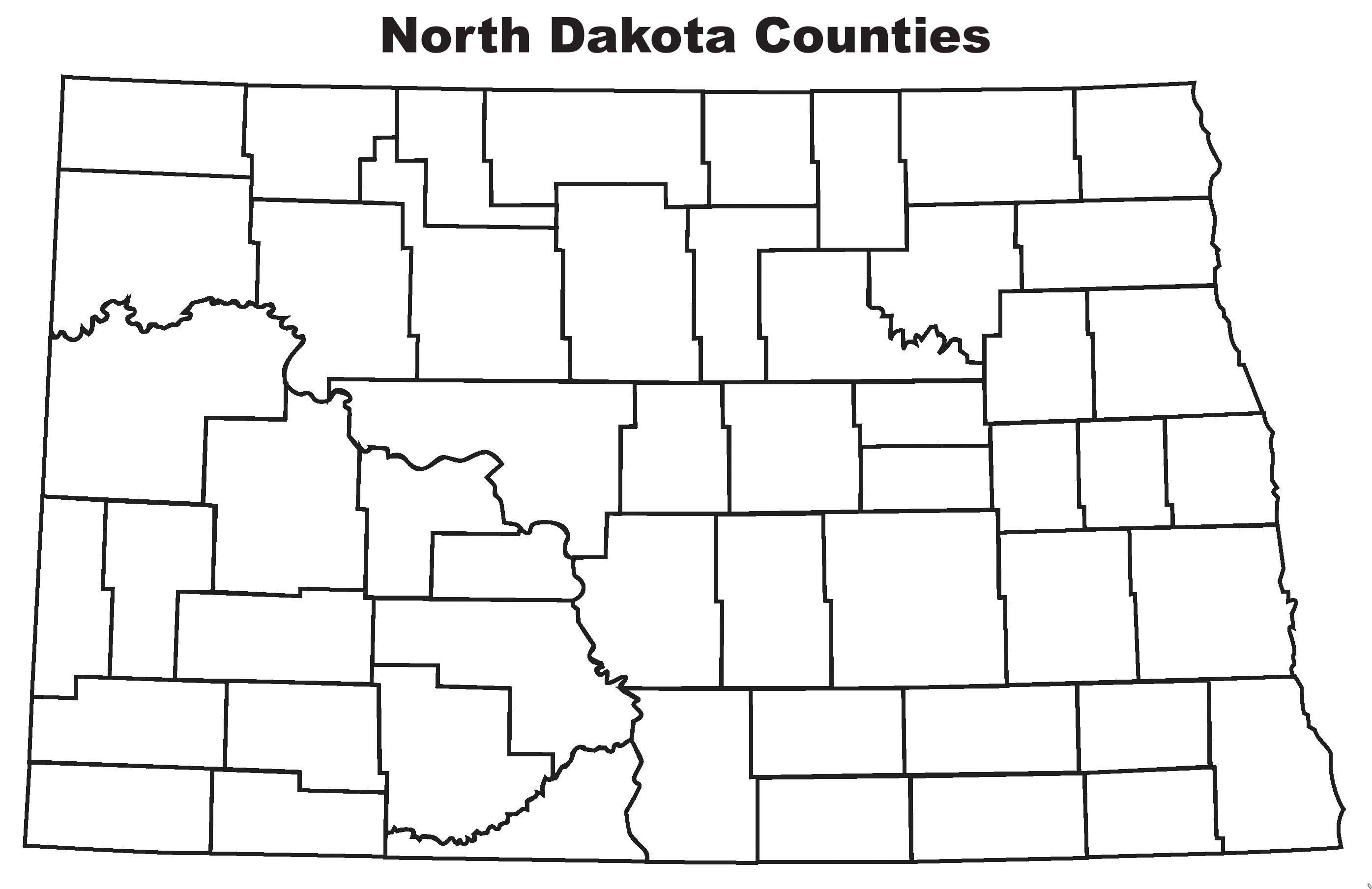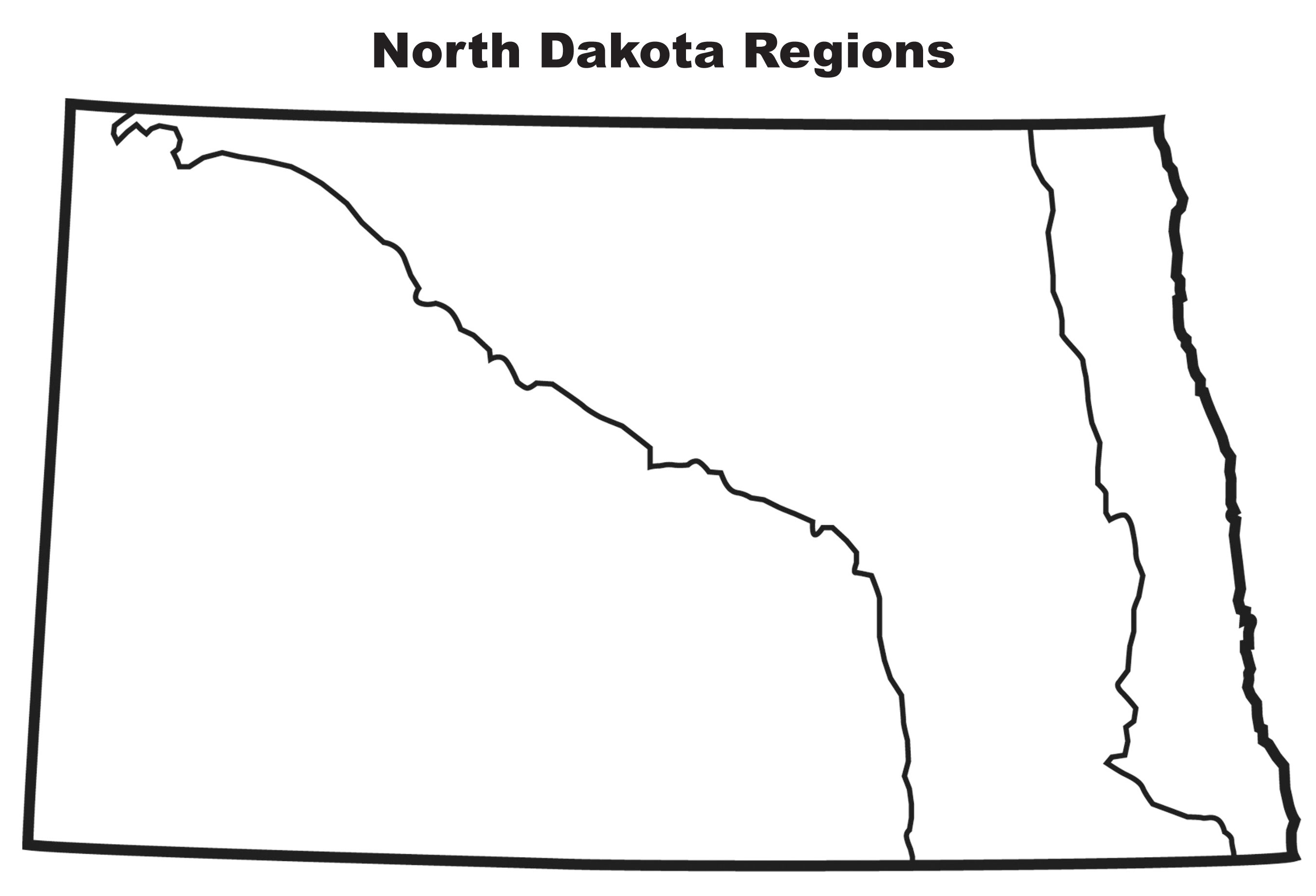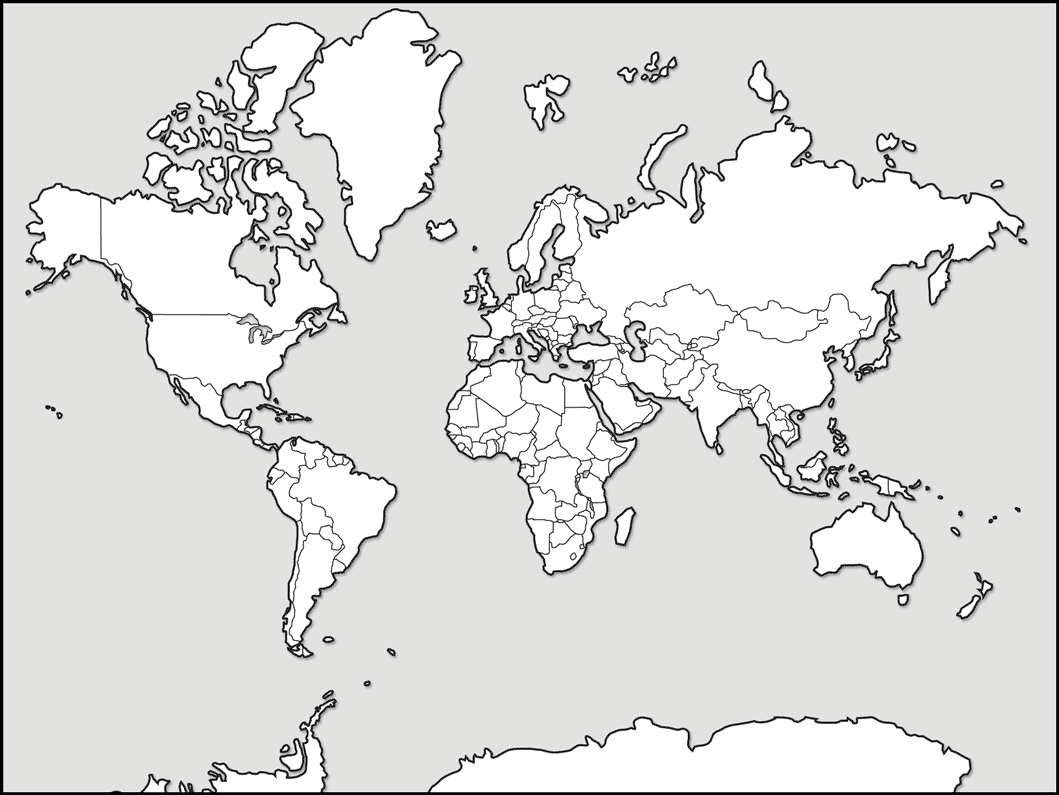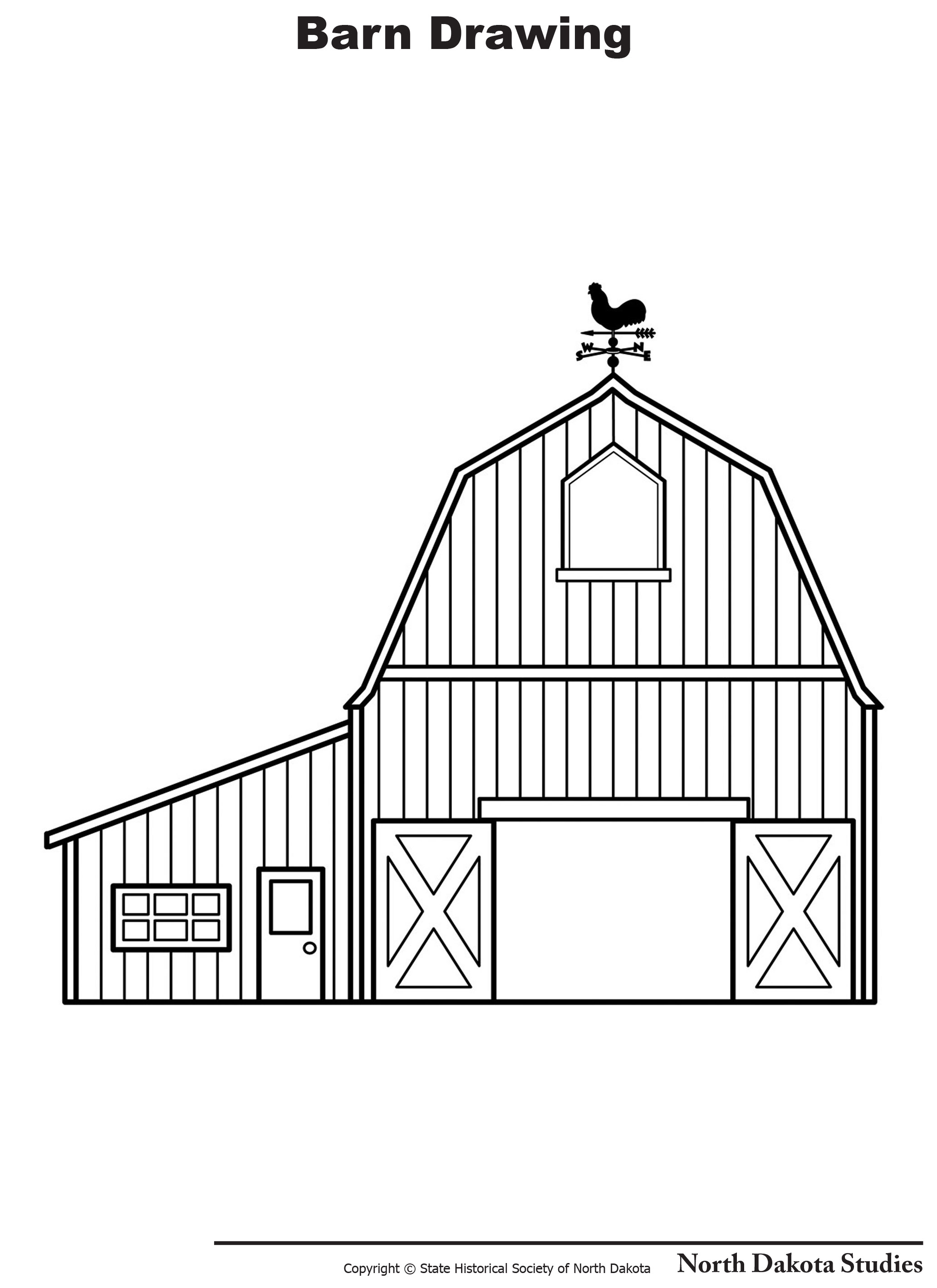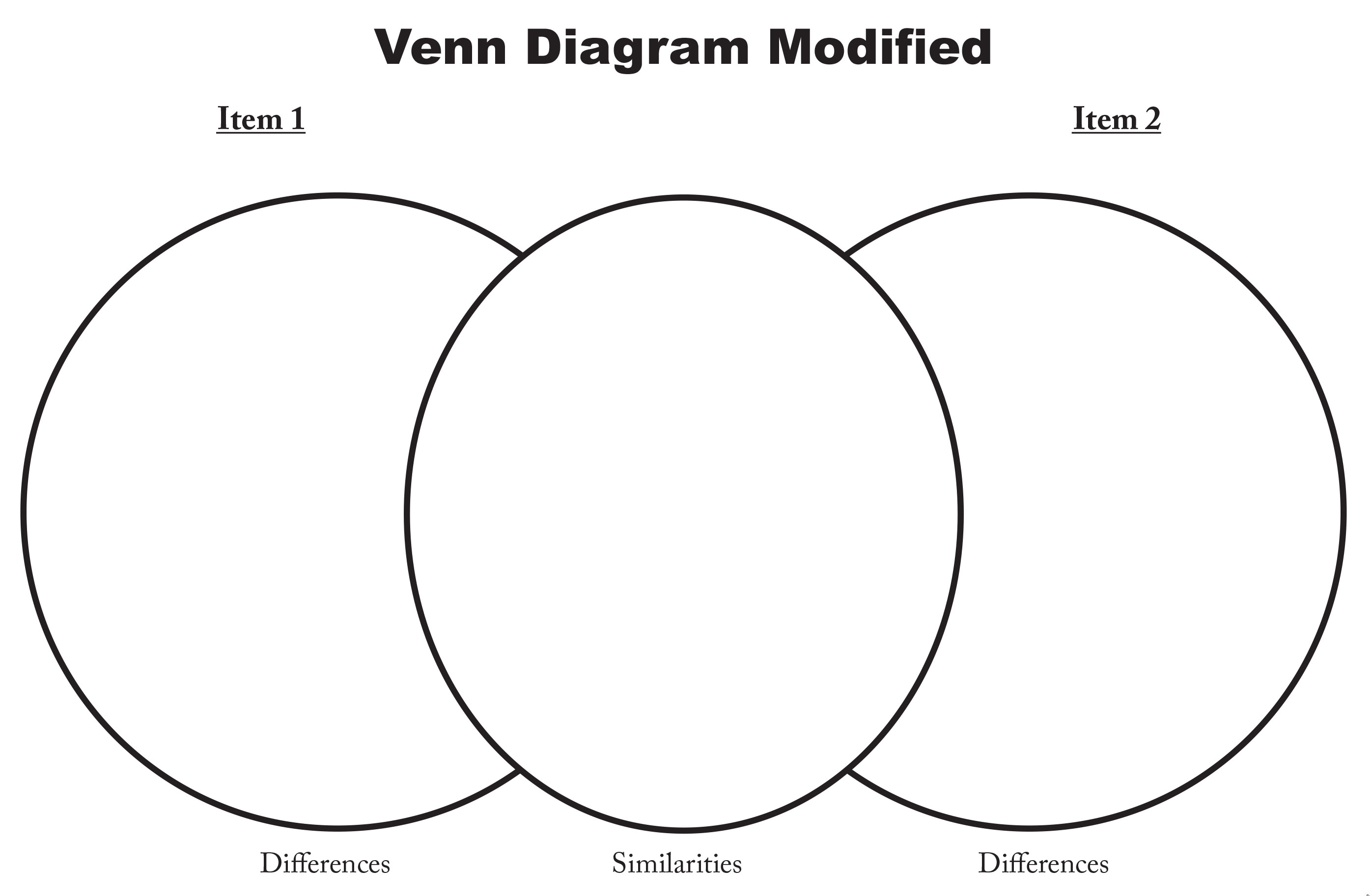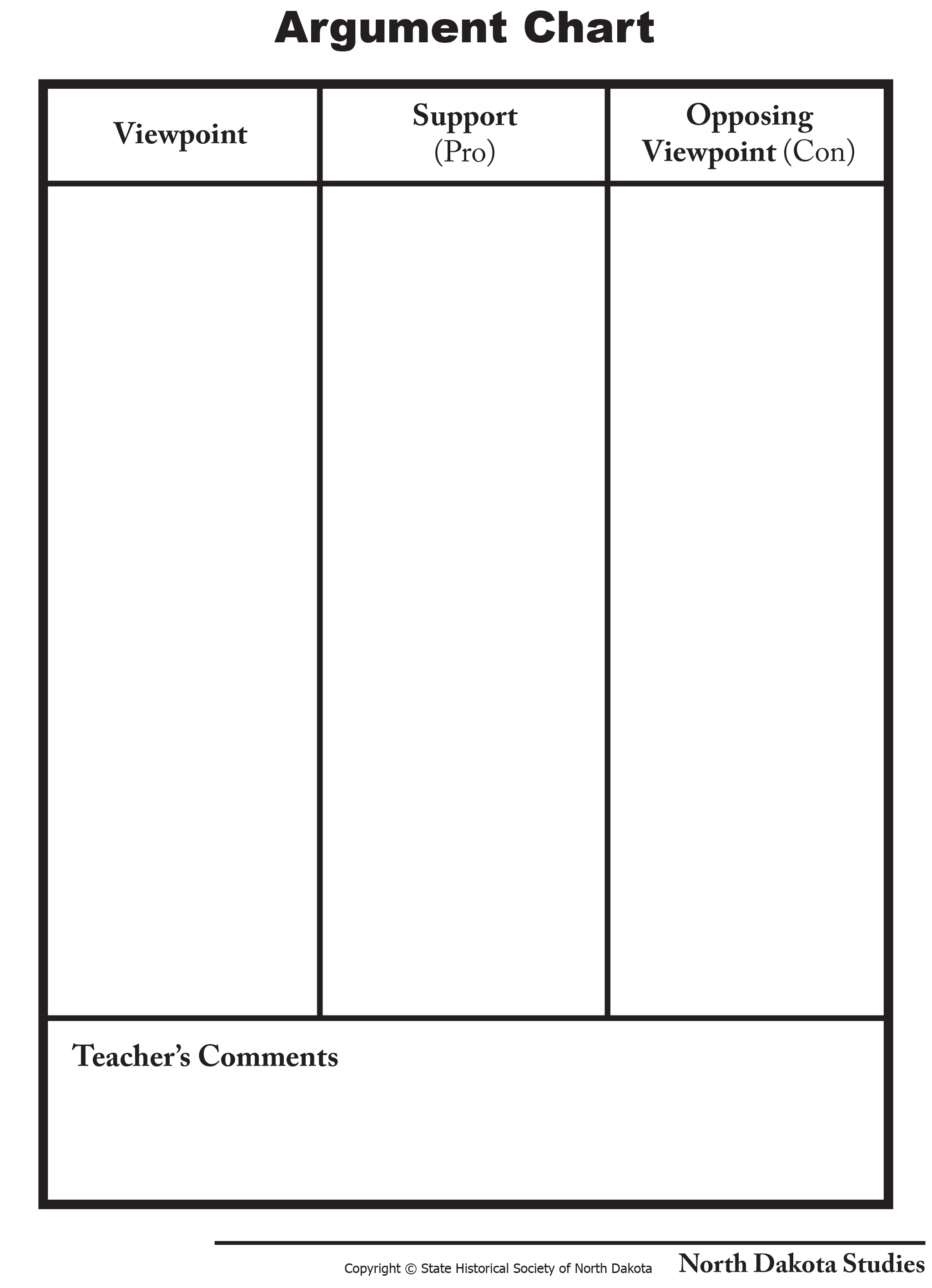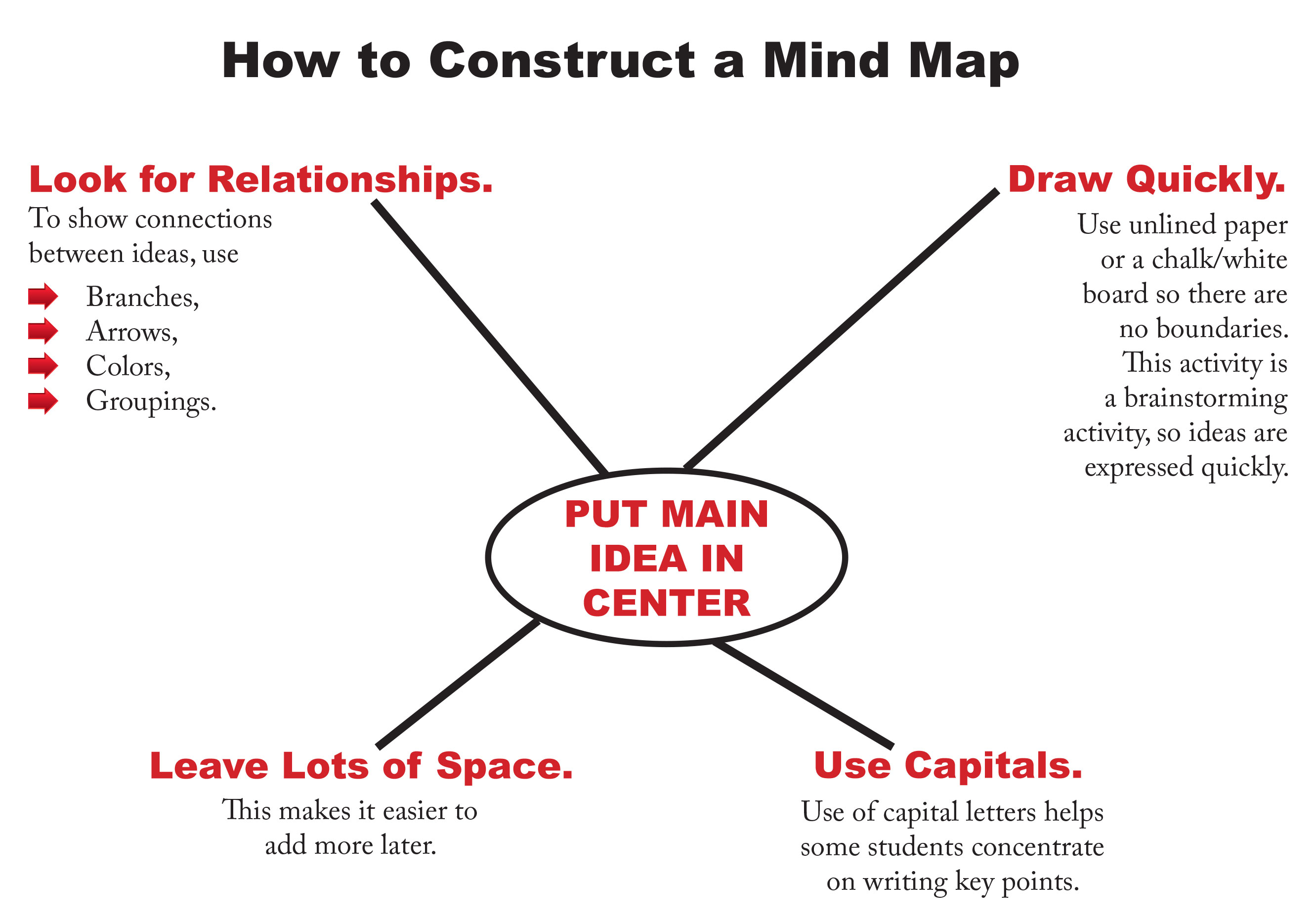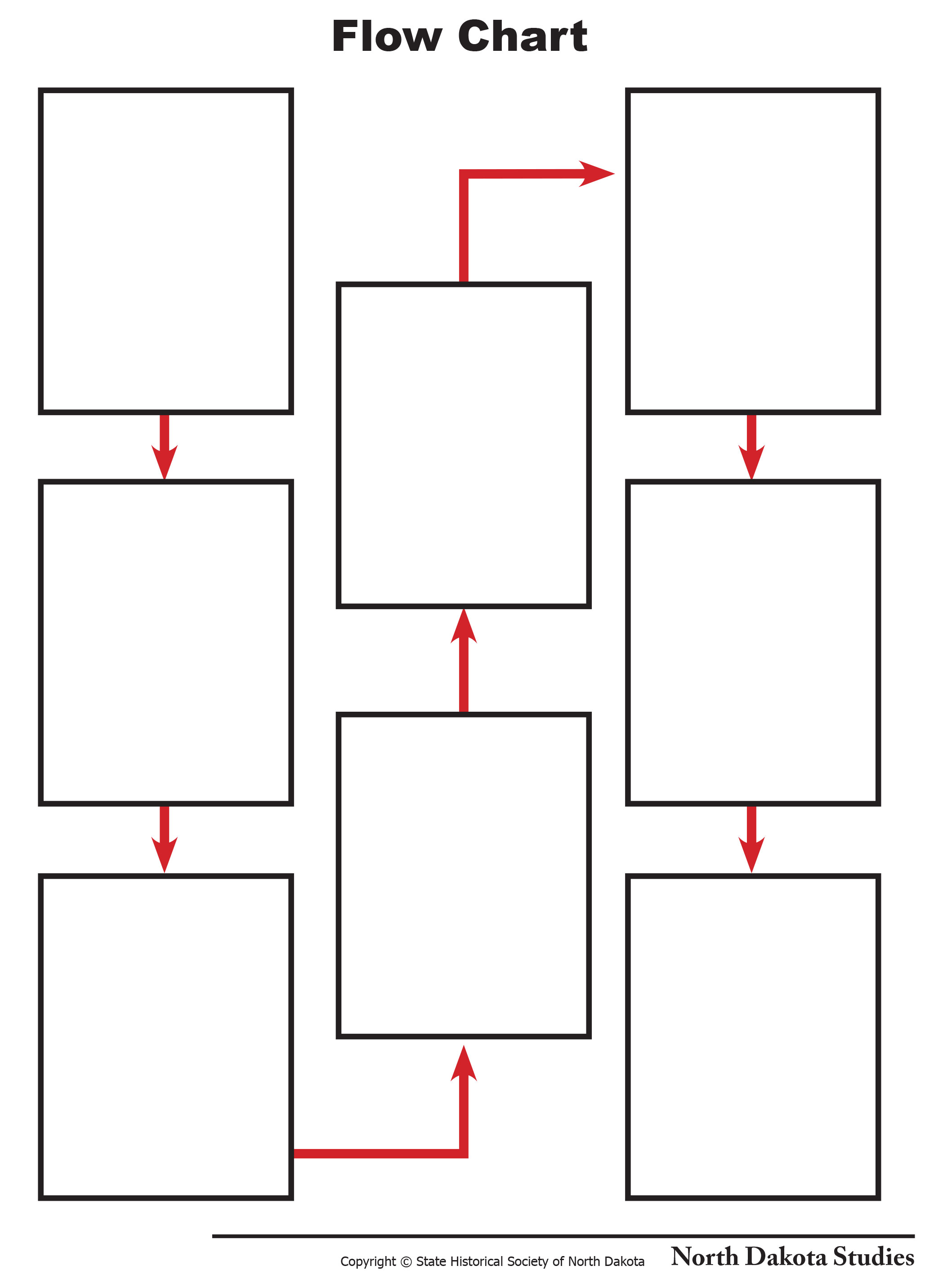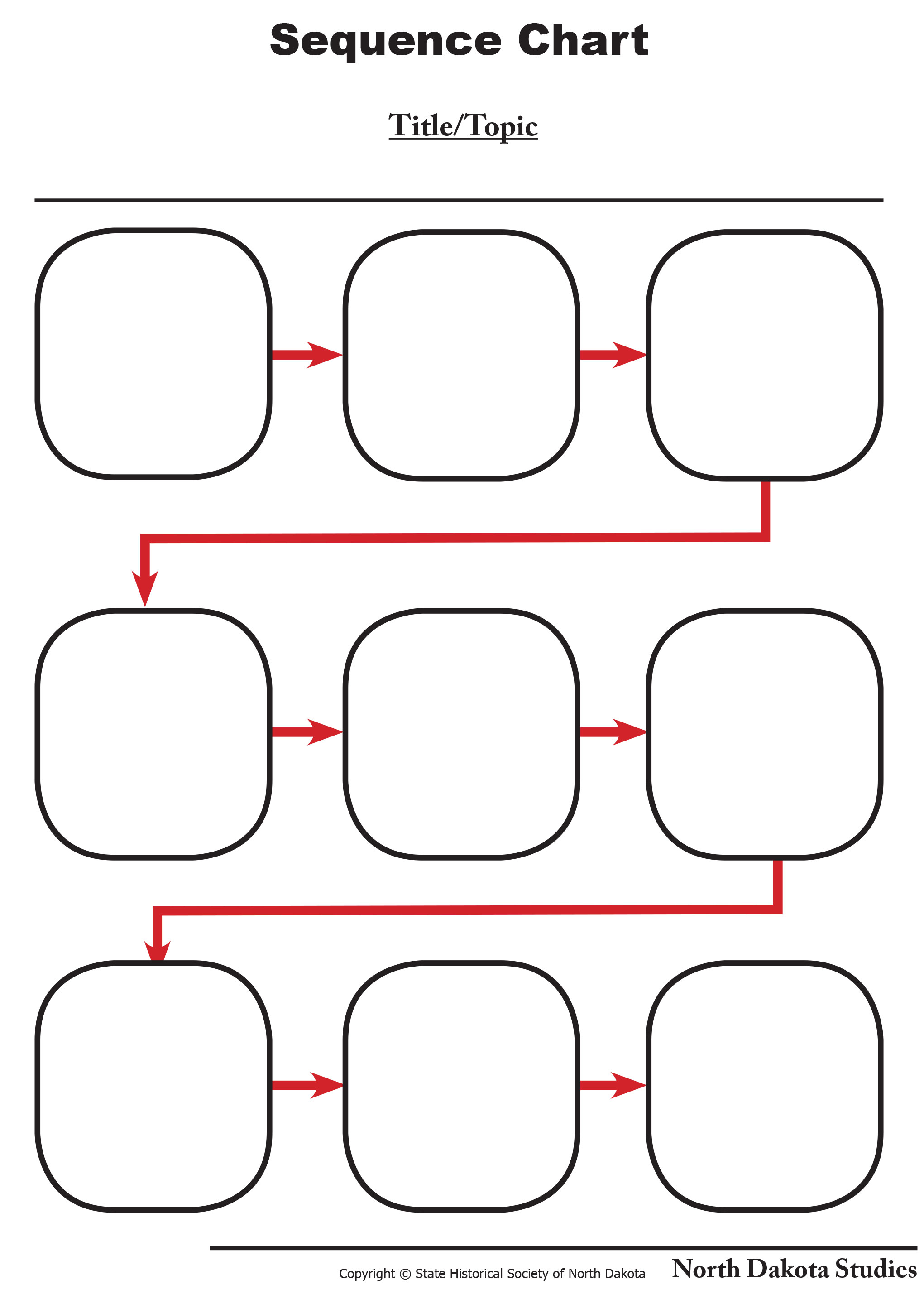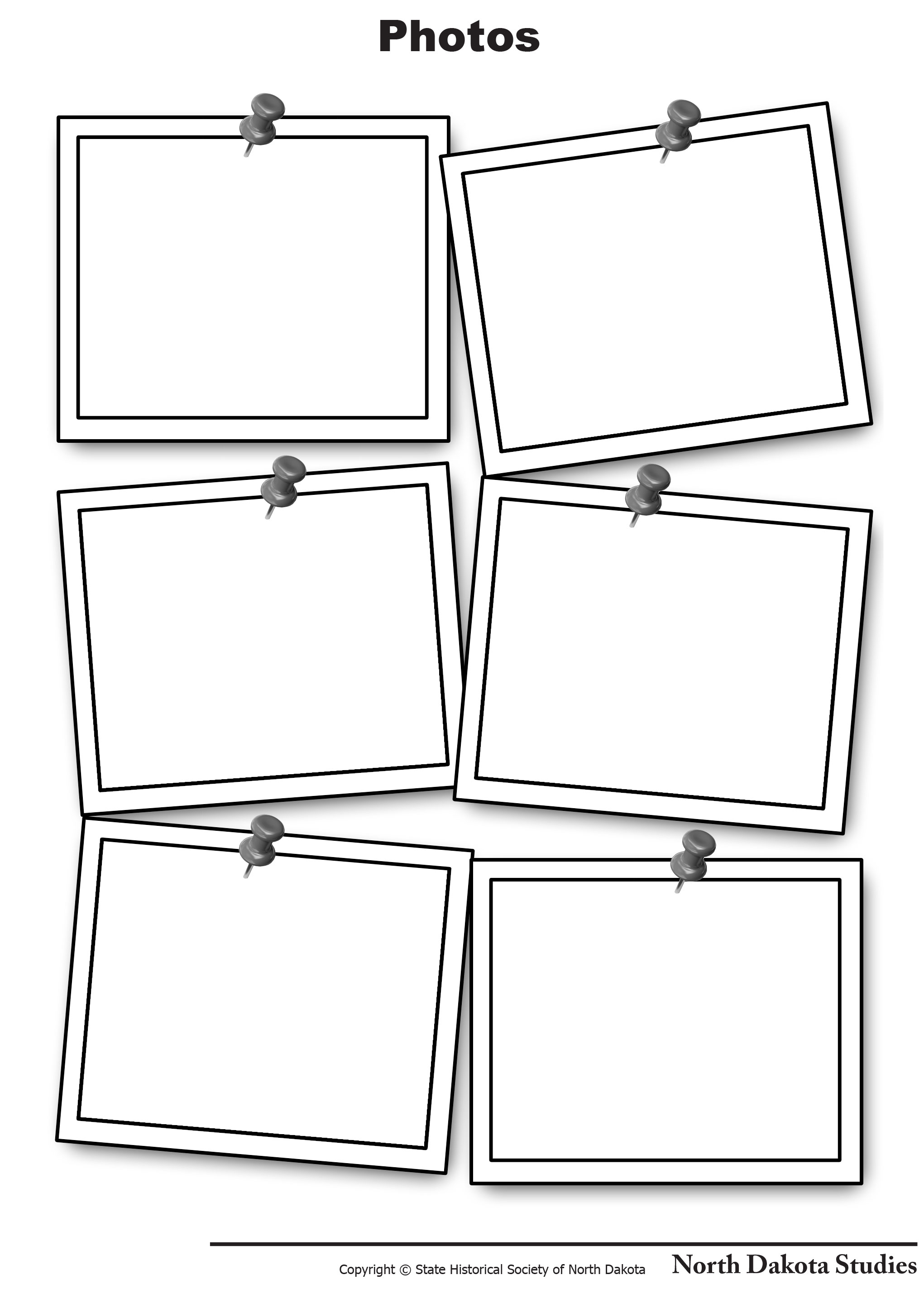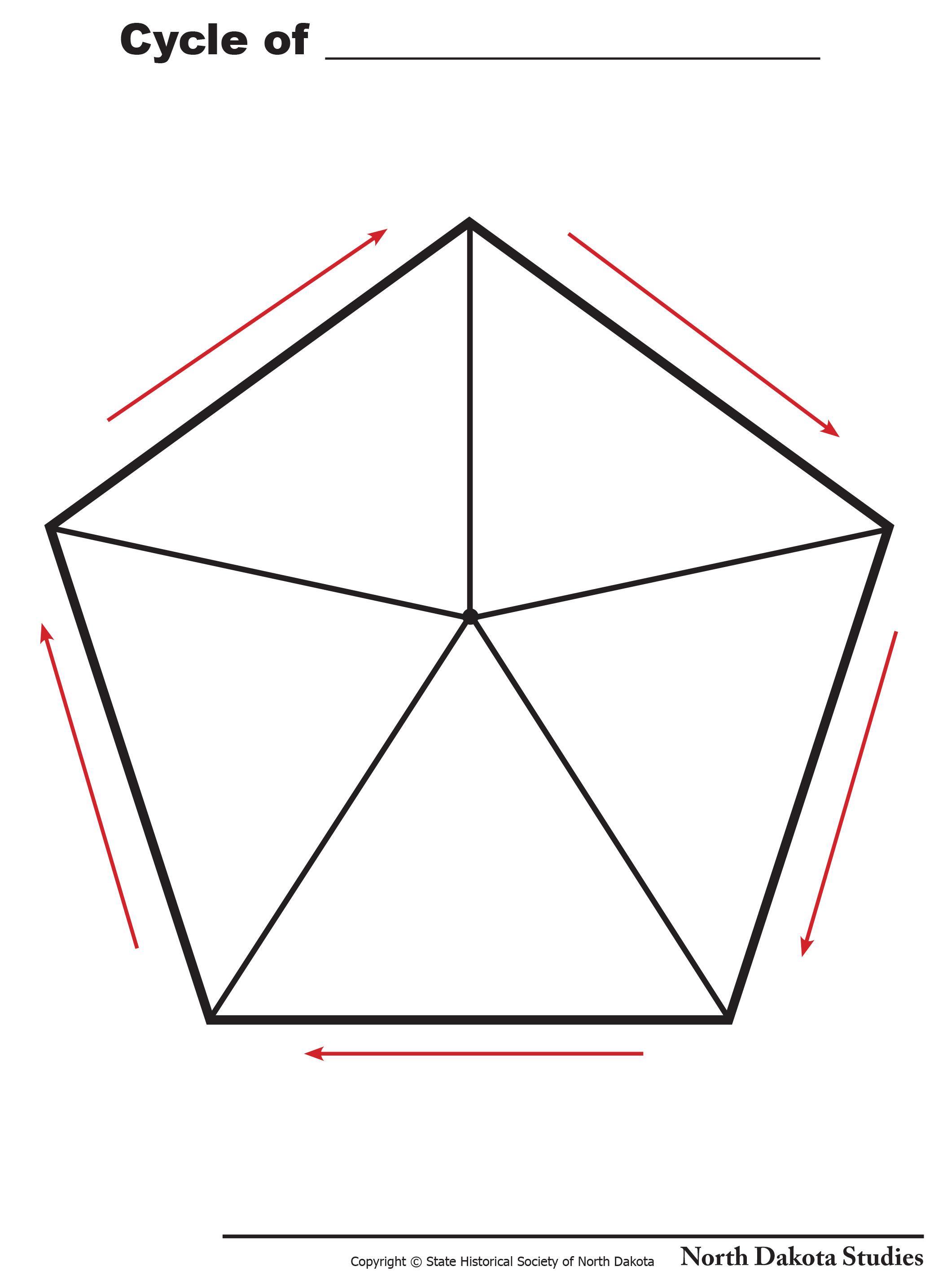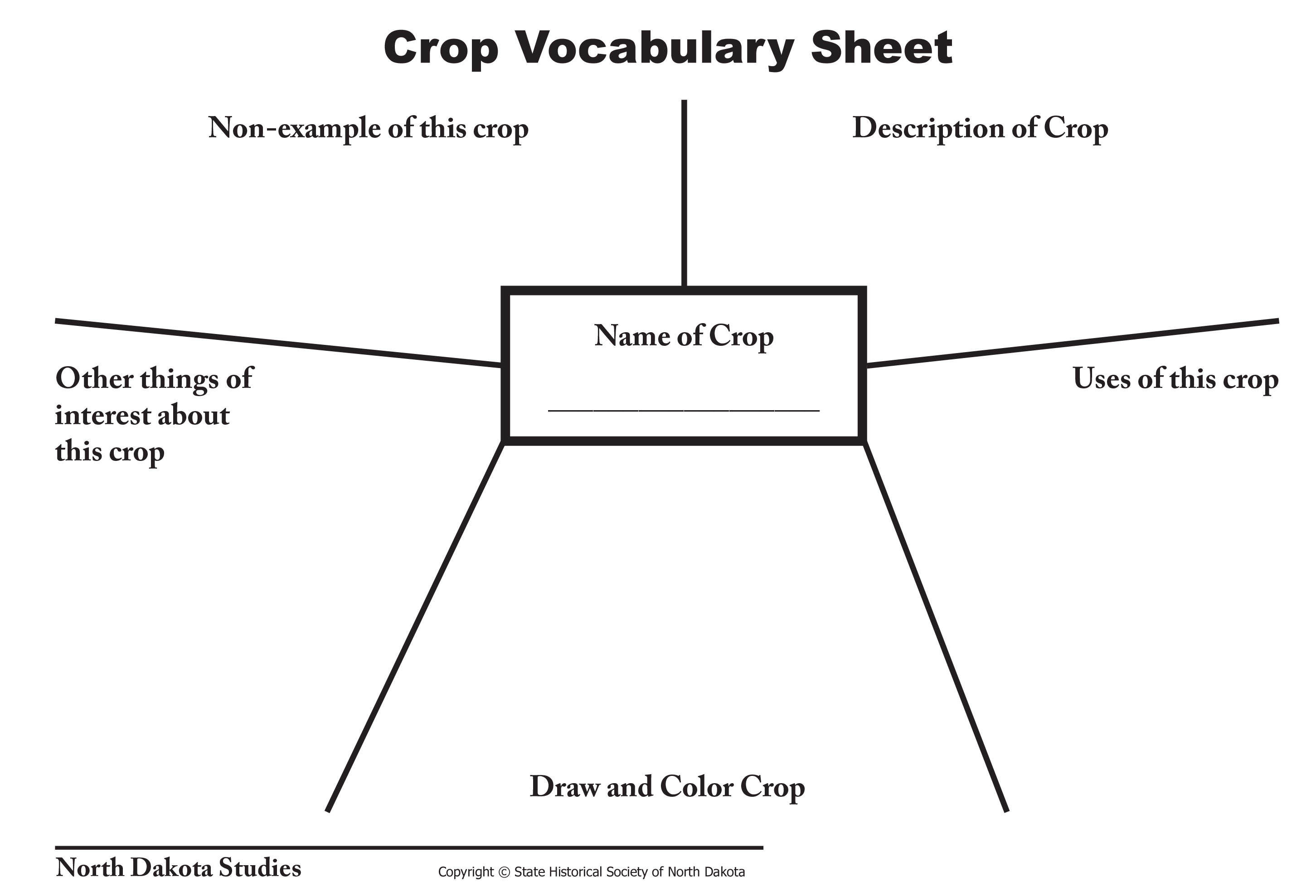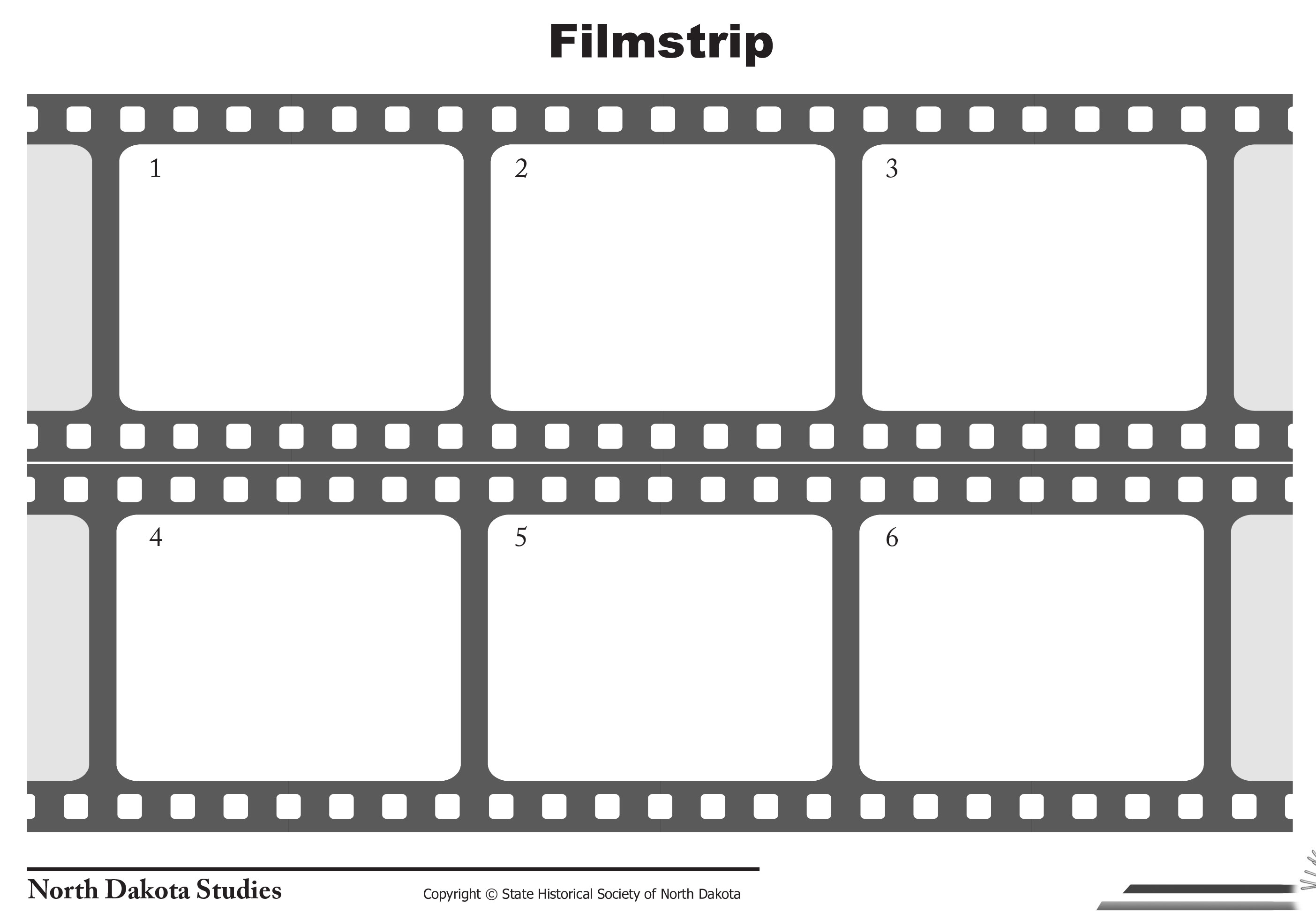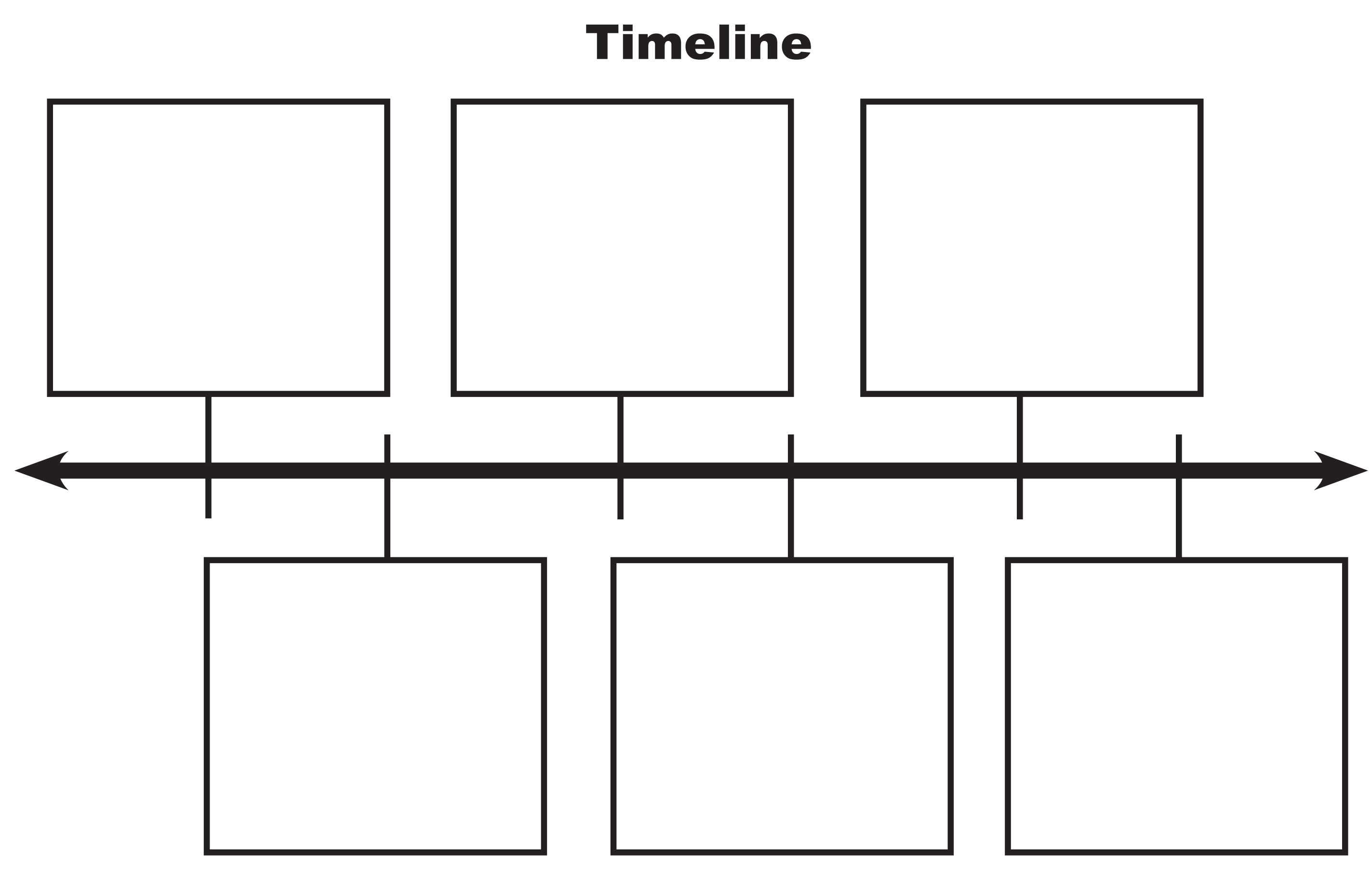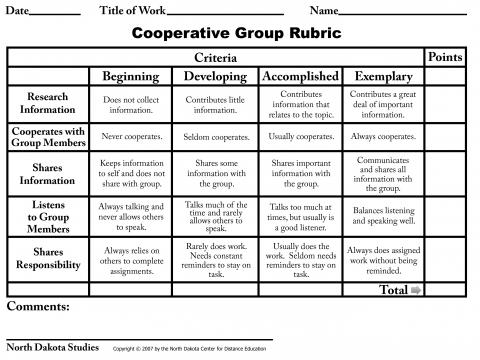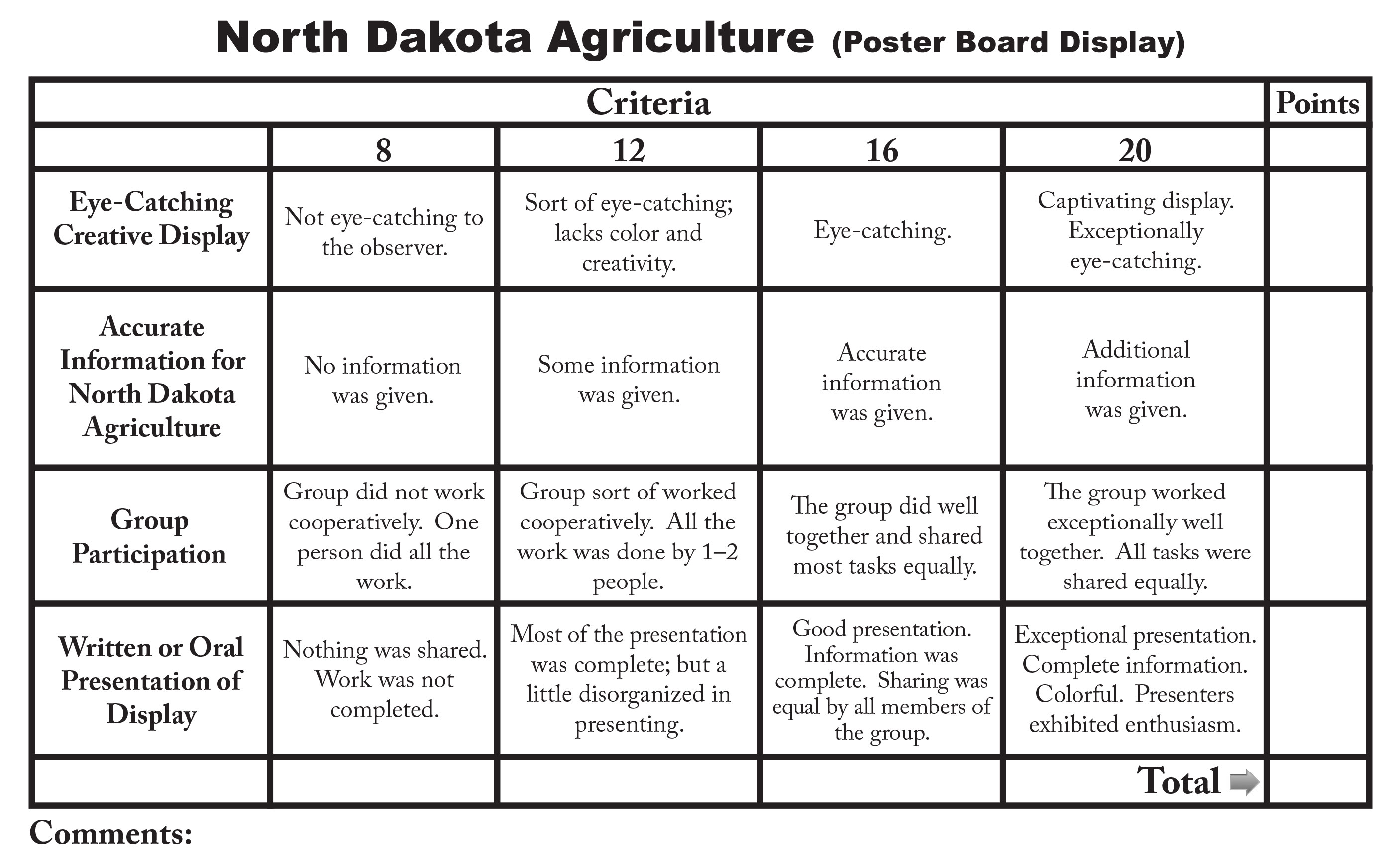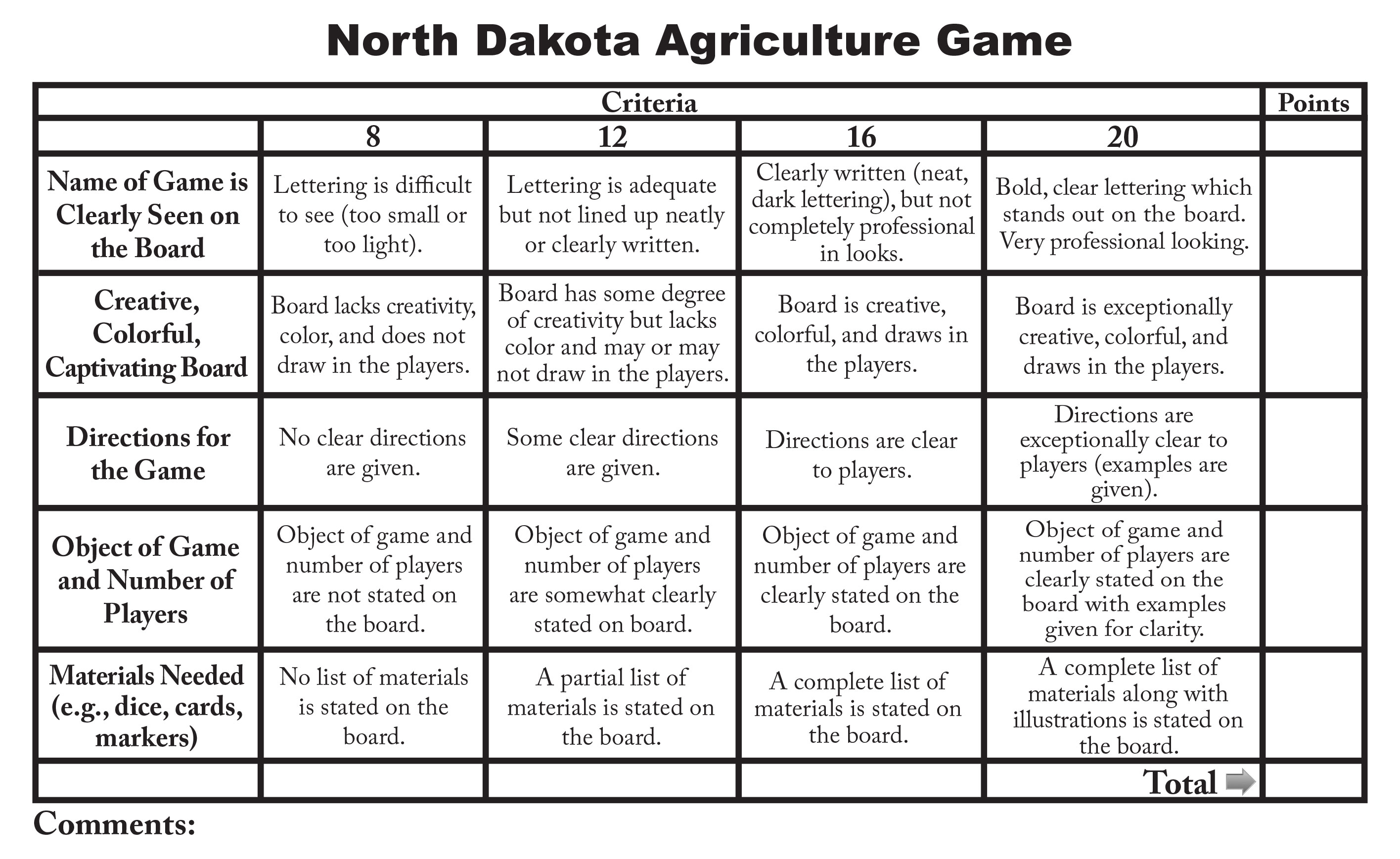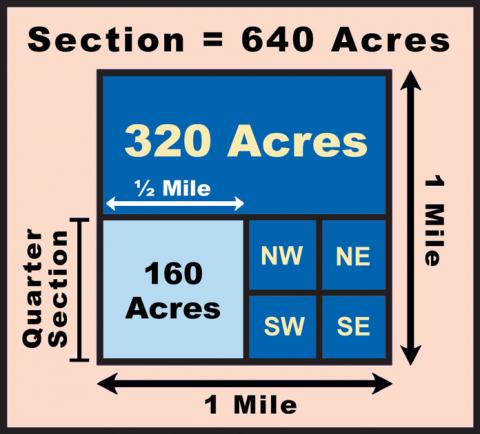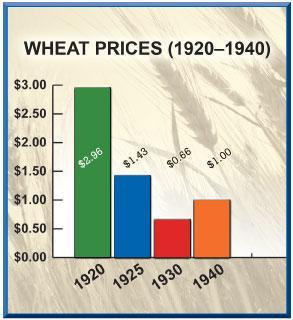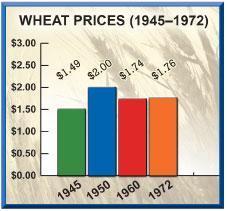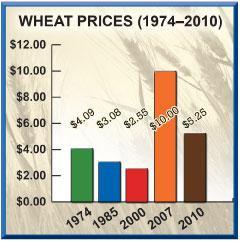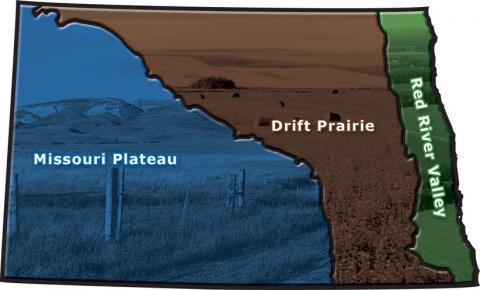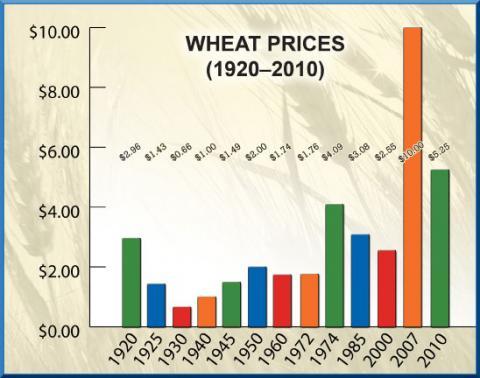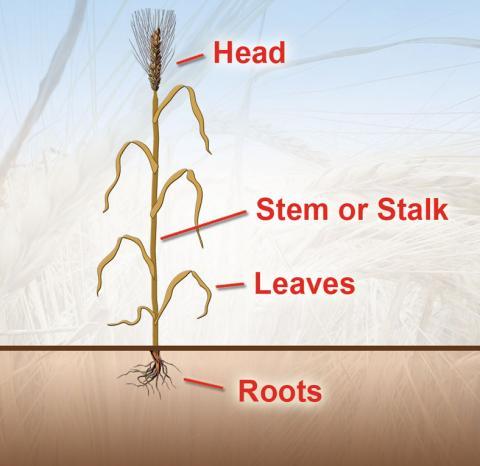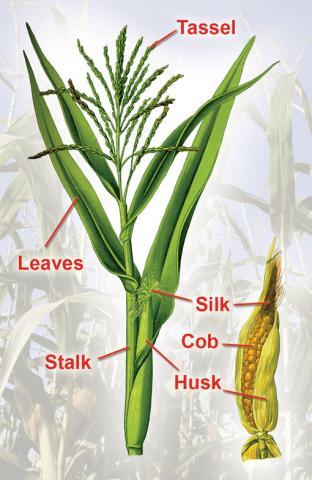Resources
Textbook
This 152-page unit presents North Dakota Agriculture. Students learn about the historical background of agriculture, the Mandan as the first farmers, homesteading and early ranching, as well as modern production agriculture and the role it plays in today's state economy.
Teacher Resource Guide
The purpose of this Teacher Resource Guide is to assist the teacher in teaching about North Dakota Agriculture. It is intended to be interdisciplinary and to act as a guide to supplement other activities that may be used in the classroom. Review and discussion questions, vocabulary, and additional activities are included and available in print and CD-ROM versions of the Teacher Resource Guide for North Dakota Agriculture.
Books
Have students create an ABC Alphabet Book on North Dakota Agriculture (e.g., A = Agriculture, B = Beets, C = Crops, etc.). Illustrate each page and share it with another classroom or place it in the school library. Extension: Substitute with other topics such as specific farm machinery, specialty crops, or various types of livestock grown in North Dakota, etc.
Have students create a timeline in book form of the growth of agriculture in North Dakota beginning with the American Indians. Other specific timeline books could include a book on the changes to tractors or other types of machinery used to farm.
Have students create an Agricultural Glossary with illustrations and definitions that younger children in lower grades can understand. Have students share with others in the classroom or place it in the school library for use by other students.
Have students create a class book in which each student researches, describes, and illustrates one type of crop, livestock, agricultural tool or machine, farming method, etc. to be placed in one book to be shared in the school library or with other classrooms.
Have students use vocabulary words to create a book or comic book of any aspect of North Dakota agriculture (e.g., crops, livestock, agricultural tools or machinery, etc.). Include words, definitions, and illustrations.
After studying North Dakota agriculture in depth, have students research the Ag Mag magazine found at the following link and have them either individually or in small groups create an article on some aspect of agriculture using a similar format used by the Ag Mag creators. A class book could be compiled to share with other classrooms or placed in the classroom or school library.
Posters and Brochures
Have students choose any a subject to create a poster or 3-fold brochure either electronically or by hand.
Debate Ideas
Debate the pros and cons of farm size. Should farms be allowed to be so large that family farms disappear?
There has been a debate among people whether pesticides or herbicides should be used when growing crops or having livestock graze on treated pasture. Debate the pros and cons of using chemicals to control weeds and insects versus organic farming where chemicals are not used to control pests.
Debate the pros and cons of 4-H or FFA for young people. Should young people be required to join one of these organizations?
Debate the pros and cons of using technology when farming. Would it be more productive or less expensive for farmers to disregard the use of technology in their farming practices?
Debate the pros and cons concerning ethanol use. Should farmers be using their land for planting crops for fuel, or for food to feed the hungry throughout the world?
Diorama
Using a box about the size of a shoe box, have students create a diorama by replicating a typical agricultural site from the view of an American Indian village before pioneers began settling North Dakota, the farm of early settlers, or the modern-day farm
Using a box as described above, have students create their ideal hobby farm.
Drawing
Have students draw an illustration of one of the following: a farm site in an American Indian village before pioneers began settling North Dakota, a farm of early settlers, or a modern-day farm.
Have students draw the various types of livestock raised in North Dakota (i.e., various breeds of cattle, pigs, poultry, etc.).
Have students draw the various types of crops grown in North Dakota (i.e., sugarbeets, sunflowers, wheat, corn, etc.).
Have students draw the different types of machinery used in farming (i.e., tractors, combines, swathers, etc.).
Have students research the various types of barns used in North Dakota and then draw the one they like the best. Extension: Have students write what their barn was used for and what it might have been like for the farmer using that type of barn.
Have students create and draw a brand of their own that they might use to prove ownership of their property.
Educational Posters
These activities also lend themselves well to brochures and small groups.
- Have students design a “Farm Safety” poster.
- Have students design and produce a poster on the importance of agriculture in North Dakota.
- Have students design a poster displaying one type of small grain grown in North Dakota and how it is used (e.g. hard red spring wheat, durum, barley, or oats).
- Have students design a poster displaying one type of row crop grown in North Dakota and how it is used (e.g. corn, sunflowers, sugarbeets, or potatoes).
- Have students design a poster displaying one type of oilseed grown in North Dakota and how it is used (e.g. flax, canola, sunflower, or safflower).
- Have students design a poster displaying one type of legume grown in North Dakota and how it is used (e.g. dry peas, dry beans, lentils, or soybeans).
- Have students design a poster displaying one type of root crop grown in North Dakota and how it is used (e.g. potatoes, or sugarbeets).
- Have students design a poster displaying one type of livestock raised in North Dakota and what it is used for (e.g. dairy cattle, beef cattle, swine, sheep, horses, poultry, or specialty livestock).
- Have students create a poster of organizations related to agriculture available to young people (e.g. 4-H, FFA, Pride of Dakota, etc.).
- Have students create a poster depicting their favorite barn, tractor, etc., and then have them describe in detail, giving reason(s) why it was chosen, and explaining how it might have been used while farming.
- Have students create a poster displaying an organization affiliated with agriculture in North Dakota along with a one-line description of the organization.
Electronic Presentations
Have students create an iMovie, PowerPoint, movie, or another electronic media to illustrate and describe through text, animations, clip art, etc. anything about North Dakota agriculture. Note: Any of the Educational Poster ideas would work for these presentations.
Games
Have students create a North Dakota Agriculture Board Game using the agricultural questions provided in the Teacher Resource Guide.
Have students play these games using questions from the text: BINGO, Jeopardy, Wheel of Fortune, Trivial Pursuit, etc. Suggested categories: Agriculture; Crops of North Dakota; Livestock of North Dakota; Traditional versus Organic Farming; Pride of Dakota; Farm Organizations; Farmers’ Markets; Tractors; and Barns, etc.
North Dakota Agriculture Bingo—Have students fill in the blank boxes with agricultural words provided in the Teacher Resource Guide. Have a list of words created along with the definition and cut them into small pieces. The caller will select a card, read the definition, and the students will place a marker on the word that matches the definition. When BINGO is called, the student must read the word and give the definition before it is counted. (Note: This may be used as an assessment tool.)
Graphic Organizers
Have students graphically organize a list of agricultural tools used by American Indians and compare it to a list of tools used by early pioneers.
Have students create a flow chart or sequence chart of the steps it takes to plant a crop—from planting—to harvesting—to food on the dinner plate. Words or illustrations may be used to fulfill this task.
Have students research and create a flow chart of how milk gets from the farm to the dinner table.
Graphs
Have students graph (i.e., horizontal, vertical, pie, or line) the crops that North Dakota farmers and ranchers produce using the information provided in the North Dakota Agriculture Today section of the text.
Map Skills
Have students use a world map to indicate where North Dakota crops and livestock are exported throughout the world. Include a legend on the map to indicate the type of crops and/or livestock presented.
The January 2009 issue of North Dakota Ag Mag (link below) includes a section that lists crops that are exported to countries around the world. On a world map, locate and color the countries that are leading importers of our agricultural products. A Teacher’s Guide is also included at this site.
Montage/Collage
Have students find illustrations, words, descriptions, art, etc. to depict farm life either as an early American Indian, an early settler, or as a modern-day farmer.
Poetry
Have students create poetry corresponding to the North Dakota Studies unit they are studying:
Couplets (two-line stanza that rhymes).
Triplets (three-line poems). A triplet may be written in the shape of a triangle and can be read by starting at any corner.
- Patterns include ABB (two of the lines rhyme)
- AAA (all three lines rhyme)
- ABC (no lines rhyme)
Haiku
- Line 1—five syllables
- Line 2—seven syllables
- Line 3—five syllables
Cinquain
- Line 1—one word (title)
- Line 2—two words (describe the title)
- Line 3—three words (describe an action)
- Line 4—four words (describe a feeling)
- Line 5—one word (refer back to the title)
Diamanté (Diamond)
- Line 1—one noun (subject #1)
- Line 2—two adjectives (describing subject #1)
- Line 3—three participles (ending in –ing, telling about subject)
- Line 4—four nouns (first two related to subject #1, second two related to subject #2)
- Line 5—three participles (about subject #2)
- Line 6—two adjectives (describing subject #2)
- Line 7—one noun (subject #2)
ABC Poetry (Start with A and go through the alphabet writing a word for each letter. You may make several sentences, but the information should be about North Dakota.)
Acrostic Poems (The first letters of the line spell out a word that has something to do with the poem.)
Lanterns (Japanese poem that is written in the shape of a Japanese lantern).
- Line 1—one syllable
- Line 2—two syllables
- Line 3—three syllables
- Line 4—four syllables
- Line 5—one syllable
Research Activities
Think, Pair, Share Activity on the Lewis and Clark Expedition. (This technique may be used for any topic.)
Have each student think about the traits or abilities needed to be a farmer today. Working in pairs, have students share their ideas and thoughts with each other. This enables the teacher to observe what the students’ knowledge is when thinking about the traits needed to be a farmer now. Examples may include: responsible, courageous, ability to persevere, ability to adapt, flexible, safety conscious, technologically smart, problem-solver, etc.
Have students think of and write down examples from their own lives in which they have recognized some or all of these characteristics in themselves.
Students may then share their thoughts or examples from their own experiences with a partner on one or all of the traits or abilities by writing down their ideas on the board and/or poster paper for the entire class to see and to discuss.
Assign individuals or small groups to research and demonstrate their knowledge of North Dakota agriculture through one of the formats listed below. Examples include:
- Research early farming methods used by American Indians and early settlers.
- Research the types of crops that were grown at the beginning of the 20th century and what is grown today. A Venn Diagram could be used to assess this activity.
Research the types of livestock and/or crops produced in North Dakota today. Using a Three-Circle Venn Diagram or another type of graphic organizer, compare and contrast them using one of the following methods:
Radio Broadcast, Bulletin Board, Slide Presentation, Student-generated Test, PowerPoint or iMovie, News Report, Oral History, Television Report, Interview, Demonstration, Dramatization, Commercial, Jump Rope Rhymes/Poetry, Play, Role Playing, Simulation, Skit, Song, TV Talk Show, Weather Report, Tongue Twister, Map, Mobile, Brochure, Crossword Puzzle, Illustration, Scrapbook, Timeline, Cartoon, Model or Diorama
- 2 circle Venn Diagram
- 3 circle Venn Diagram
- Modified Venn Diagram
- Compare and Contrast Diagram
- T-Chart
- Argument Chart
- Example Mind Map
Small Groups
Have students research, write, and perform a short play about some aspect of North Dakota agriculture. Puppetry could also be used if desired. Divide the students into small groups and have them choose an area of agriculture that interests them.
Have students imagine they are an early settler coming to North Dakota to farm. Have each group make a list of all the food, clothing, and other goods they would have had to bring along for use during the trip. It is important they remember to bring only what they can carry. Have them give a reason for each item, and make another list of the things they would get by bartering with the American Indians or obtain from nature. Have students present to the class in the form of a report, chart, or other method of delivery as listed previously.
Symbols
Have students create their own Agriculture Medal that they would want to share with others about the importance of agriculture found in North Dakota. Extension: Explain in writing what symbols were used in their agricultural medal and the significance of each.
Timelines
Have students create a timeline on the changes in machinery from the beginning of farming in North Dakota until the present. Examples could include farming hand tools, plows, horse-drawn machinery, tractors, etc.).
Have students create a timeline on the changes in the design of barns throughout the 20th century and into the 21st century. Students may research barns and print or illustrate them along with a brief explanation of each barn.
Have students create a timeline on the how farming has changed from the first agriculturalists of North Dakota (i.e., American Indians) to the practices of modern-day farmers.
Venn Diagrams
Using a Venn Diagram, show the differences and similarities of the agricultural tools and/or machinery used by the American Indians to the early pioneer farmer or to the modern-day farmer (e.g., planting tools, harvesting tools, tractors, barns, etc.).
Using a Venn Diagram, compare and contrast small grains with row crops.
Using a Three-Circle Venn Diagram, list the similarities and differences in crop and livestock production for the Red River Valley, the Drift Prairie, and the Missouri Plateau.
Vocabulary/Spelling
Have students write each vocabulary word in a complete sentence that would tell the reader its meaning through context.
Divide the students into teams and have a SPELLDOWN. One student is asked to spell a vocabulary word when it is his/her turn. If the word is spelled correctly, the student remains standing and moves to the back of the line to be in turn again. If the word is misspelled, the student must sit down and wait until all other team members have been eliminated.
Play SPARKLE, a variation of SPELLDOWN. Have students stand by their desks (or sit on them). Determine a point for starting and state the first vocabulary word to be spelled. The first person in the order gives the first letter, the next person gives the second letter, the third person gives the third letter, etc. When the last letter is spelled in the word, the next person in line says SPARKLE and needs to be seated. The next word is given, and the next person in line begins with the first letter, the second person gives the second letter, etc., until SPARKLE is called again, and another student is eliminated.
Have students alphabetize the vocabulary words by using the game cards provided in each Teacher Resource Guide. Students can partner and check each other for accuracy.
Have students write each word as a mirror image (write the words from right to left). This is a strong activity to promote greater brain activity and concentration.
Have students divide the vocabulary words into syllables, placing the accent on the correct syllable. Students may partner and give each other a spelling test (written and/or oral).
Vocabulary Cards: These cards may be used as game cards or for other methods of review (found in each Teacher Resource Guide). One such strategy is VOCABULARY CONCENTRATION in which students each select a vocabulary word from the cards. On two separate index cards, each student writes the word selected on one card and the definition on the other. Students would then spread their words on the floor and try to match each vocabulary word with its definition.
Writing Activities
Have two students assume the role of a journalist and/or a farmer. Have them write interview questions they might ask a farmer. Extension: Using information gained from the interview, have students assume they are a television news anchor and give a news report to the class.
Have students hypothetically create a product they might think of selling, make an application to be a part of Pride of Dakota, and set up a marketing plan on how they might sell that product.
Have students write a paper on the importance of 4-H membership, what 4-H means, and how 4-H membership might impact their future career.
Have students write a paper on why they should consider joining FFA when they begin high school.
Have students assume the role of North Dakota Agriculture Commissioner. What would be changed? Kept the same? New ideas? Future thoughts for growth?
Have students write a “What if . . .” story on their life as an American Indian farmer, an early settlement farmer, or a modern-day farmer. What would the hardships be? How would they set up their farm? Who would they do business with? How would they survive and be productive with enough to live on?
Links
North Dakota Department of Agriculture
National Agriculture in the Classroom
North Dakota State University Extension Service.
North Dakota County Extension Offices
4-H Cooperative Curriculum Resources
North Dakota Corn Grower’s Association
Northern Plains Potato Grower’s Association (North Dakota and Minnesota)
Sugarbeet Research & Education Board
Quick Facts
- Nearly 24% of North Dakota workers are farmers and ranchers or are employed in farm-related jobs.
- North Dakota has 31,600 farms and ranches. The average size of a North Dakota farm is 1,253 acres.
- 39.4 million acres—nearly 90% of North Dakota's land area—is in farms and ranches
- North Dakota farms provide food and habitat for 75% of the state's wildlife.
Literature for Classroom Use
| Authors | Titles |
| Aliki | Milk: From Cow to Carton |
| Cowley, Joy | Mrs. Wishy-Washy’s Farm |
| Gibbons, Gail | Corn |
| Farming | |
| The Milk Makers | |
| The Vegetables We Eat | |
| Miller, Jane | The Farm Alphabet Book |
| Web Links | |
| North Dakota State University has links to the North Dakota Ag Mag, a magazine about agriculture for North Dakota students. Topics include North Dakota’s oilseeds, weeds, pulse crops and dry edible beans, beef, wheat, biofuels, corn, dairy, etc. Each link contains the student magazine along with the teacher’s guide. The North Dakota Ag Mag is a project of the North Dakota “Ag in the Classroom” Council, and is produced and published by the NDSU Extension Service. | |
| American Farm Bureau | |
